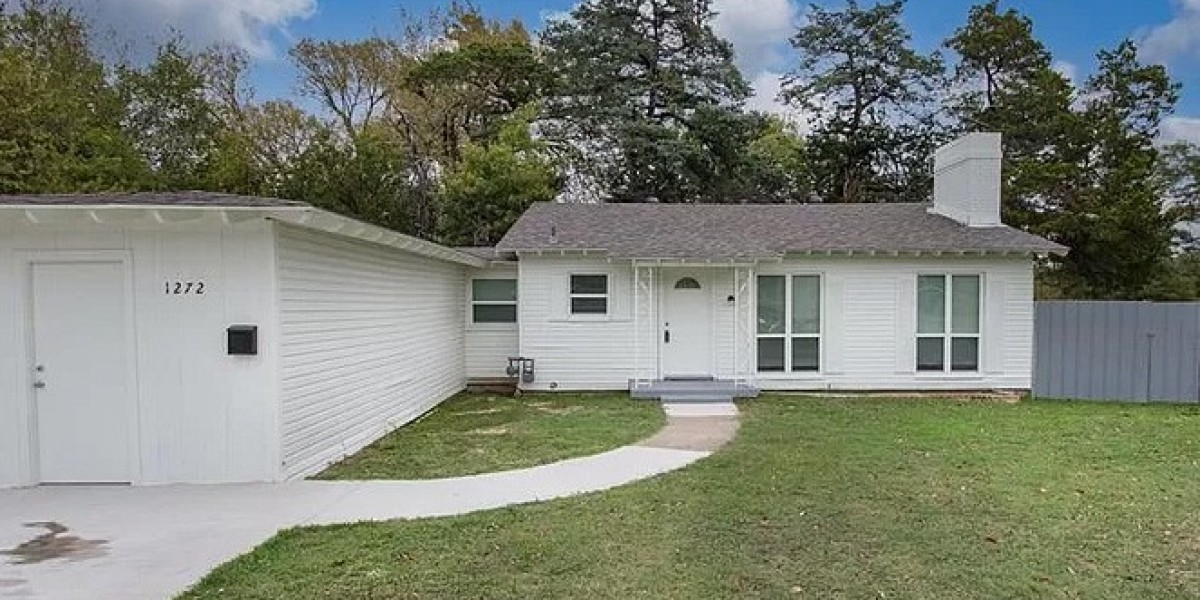As retirees seek ways to manage their finances in their golden years, reverse mortgages have emerged as a viable option for many. In Texas, where the real estate market is as diverse as its landscape, understanding reverse mortgages can provide valuable opportunities for homeowners looking to tap into their home equity. This comprehensive guide explores the nuances of reverse mortgages in Texas, offering insights into their workings, benefits, potential drawbacks, and critical considerations for homeowners.
What is a Reverse Mortgage?
A reverse mortgage is a financial product designed to allow homeowners aged 62 or older to convert a portion of their home equity into cash without having to sell their home or make monthly mortgage payments. The most common type of reverse mortgage is the Home Equity Conversion Mortgage (HECM), which is insured by the Federal Housing Administration (FHA). This type of mortgage is particularly popular among seniors looking to enhance their retirement income or cover unexpected expenses.
How Reverse Mortgages Work
Reverse mortgages in Texas operate under a distinct set of principles compared to traditional mortgages. Here’s a breakdown of how they work:
- Eligibility Requirements: To qualify for a reverse mortgage, homeowners must be at least 62 years old, occupy the home as their primary residence, and have sufficient home equity. The home must also meet specific criteria and be well-maintained.
- Application Process: Homeowners interested in a reverse mortgage must undergo an application process that includes counseling from a HUD-approved housing counselor. This counseling session helps ensure that applicants understand the implications of the reverse mortgage and can make informed decisions.
- Loan Approval and Disbursement: The amount available through a reverse mortgage depends on factors such as the homeowner’s age, the interest rate, and the home’s value. Once approved, homeowners can choose to receive the funds as a lump sum, monthly payments, a line of credit, or a combination of these options.
- Repayment: Unlike traditional mortgages, reverse mortgages do not require monthly payments. Instead, the loan balance grows over time due to accrued interest and fees. The loan is repaid when the homeowner sells the property, moves out, or passes away. The proceeds from the home sale are used to repay the loan, with any remaining value going to the homeowner or their heirs.
Benefits of Reverse Mortgages in Texas
Reverse mortgages offer several advantages, particularly for Texas homeowners:
- Supplemental Income: A reverse mortgage can provide a valuable source of additional income for retirees, helping to cover living expenses, healthcare costs, or leisure activities. This can be particularly beneficial in Texas, where the cost of living can vary significantly by region.
- No Monthly Payments: One of the primary benefits of a reverse mortgage is the elimination of monthly mortgage payments. This can reduce financial stress and free up funds for other needs.
- Home Equity Preservation: Homeowners can continue to live in their property and retain ownership while accessing their home equity. The loan is repaid only when the home is sold or the homeowner moves out, allowing seniors to enjoy the benefits of their home equity without sacrificing their living situation.
- Flexibility: Reverse mortgages offer flexibility in how funds are received. Homeowners can choose from lump-sum payments, monthly installments, or a line of credit, allowing them to tailor the mortgage to their financial needs.
- Tax-Free Funds: The funds obtained through a reverse mortgage are typically tax-free, meaning they do not affect Social Security benefits or other sources of income.
Drawbacks and Considerations
While reverse mortgages can be advantageous, there are several drawbacks and considerations specific to Texas homeowners:
- Maintenance and Taxes: Homeowners are still responsible for maintaining the property and paying property taxes and homeowners insurance. Failure to meet these obligations can lead to foreclosure.
- Accruing Interest and Fees: The loan balance increases over time due to accrued interest and fees, which can diminish the amount of equity left in the home. It’s crucial to understand how these factors will impact your finances over the long term.
- Impact on Heirs: The repayment of the reverse mortgage from the home’s sale proceeds may leave less inheritance for heirs. Homeowners should discuss their plans with family members and consider how a reverse mortgage will affect their estate.
- Costs and Fees: Reverse mortgages come with costs such as origination fees, closing costs, and mortgage insurance premiums. These costs should be carefully evaluated against the benefits of the loan.
Reverse Mortgages in the Texas Market
The Texas real estate market is diverse, and the appeal of reverse mortgages can vary based on location and property values. In urban areas like Dallas, Houston, and Austin, where property values are generally higher, reverse mortgages may offer significant benefits by providing access to substantial home equity. In contrast, rural areas with lower property values might result in less equity available through a reverse mortgage.
Market Trends: The popularity of reverse mortgages in Texas has fluctuated over time, influenced by factors such as housing market conditions, interest rates, and federal regulations. Homeowners should stay informed about market trends and regulatory changes that might affect reverse mortgage options.
Local Resources: Texas homeowners considering a reverse mortgage should be aware of local resources and regulations. The Texas Department of Savings and Mortgage Lending and HUD-approved housing counselors can provide valuable information and assistance in navigating the reverse mortgage process.
Choosing the Right Reverse Mortgage
Selecting the right reverse mortgage involves several critical steps:
- Research Lenders: Compare reverse mortgage lenders in Texas to find those with competitive rates and a strong reputation. Look for lenders who are licensed and have positive reviews from previous clients.
- Consult Financial Advisors: Seek advice from a financial advisor or housing counselor to ensure that a reverse mortgage aligns with your financial goals and needs. They can help you understand the implications of the loan and make an informed decision.
- Understand the Terms: Carefully review the terms and conditions of the reverse mortgage, including interest rates, fees, and repayment options. Make sure you fully understand how the loan will impact your finances and home equity.
- Consider Long-Term Impact: Evaluate how a reverse mortgage will fit into your long-term financial strategy. Consider potential future needs and how the mortgage might affect your estate and heirs.
Conclusion
Reverse mortgages in Texas offer a valuable option for seniors looking to access their home equity while maintaining their lifestyle. By understanding how reverse mortgages work, their benefits and drawbacks, and the specific considerations for Texas homeowners, you can make an informed decision that aligns with your financial goals. With careful research, professional advice, and a clear understanding of the terms, reverse mortgages can provide a powerful tool for enhancing retirement security and financial flexibility. As you navigate this financial decision, remember to prioritize your long-term needs and goals to ensure that you make the best choice for your unique situation.








